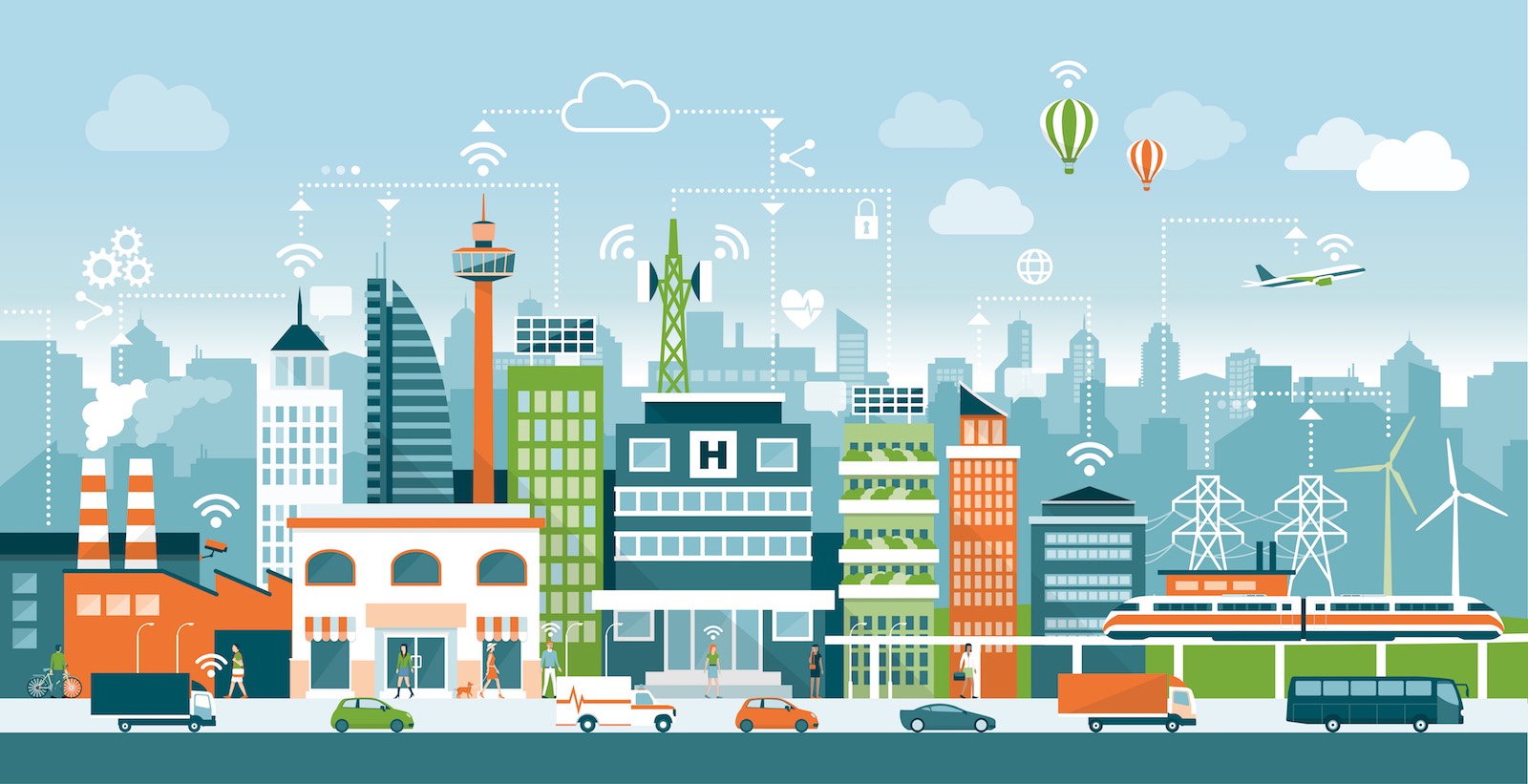The Internet of Things (IoT) is broad and promises to almost everything for almost everyone:
- McKinsey & Co. estimates a potential economic impact of IoT systems of as much as $11.1 trillion per year in 2025. Approximately 70% of the value is derived from B2B applications.
- GE believes the IoT will add $10 to $15 trillion to worldwide GDP growth by 2030 - the equivalent of China’s entire current economy.
- Intel forecasts 200 billion connected devices by 2020, nearly 25 connected devices for every person on earth.
- IBM believes that making sense of data embedded in intelligent devices is creating a significant market opportunity that is expected to reach $1.7 trillion by 2020.
With such staggering predictions across so many industries, companies working in the IoT face a problem of broadness. The potential target market is “almost everything for almost everyone,” so how should an IoT startup approach the market and where should one start?
Enter the ‘Seam’ or ‘Verticalized’ startup. These are a host of new firms focused on specific industry verticals or segment opportunities. They often approach the market by aiming to fill gaps between the current offerings.
“Leveraging the baseline of consumer IoT and widespread adoption of Smart Grid and Telematics technologies, new “Verticalized IoT” startups – those attacking a specific industry vertical with an offering tailored to their unique requirements – will power the next wave of our industry’s evolution,” says San Francisco based entrepreneur and investor Nate Williams.
Thank you @TechCrunch @jshieber for partnering on my #IIoT thoughts. https://t.co/N0nTuc4TLV cc: @kpcb
— Nate Williams (@naywilliams) September 28, 2017
These niche firms can design their offering to perfectly match the needs of their segment, however they will not have the means to provide the tools and capacity of the big players. The big players are focused on verticals too but they are also limited, relatively speaking, and will usually pick just the most lucrative industries, leaving opportunities for the startups.
Those big players will create ecosystems and invite partners, such as the seam startups, to join in a somewhat mutually beneficial arrangement. Given success, the verticalized startups will eventually reach a scale where they face a choice; partner with the established ecosystem platforms or compete against them. Although the big players are counting on these partners to take a broader share of the market.
“Our strategic focus is on our verticals. We will leverage what we do best in energy, oil and gas, aviation, healthcare, rail, and mining, and draw on our core assets and equipment to deliver the best value and execution. We will broaden and strengthen our partner relationships to create a strong Predix ecosystem,” says new GE CEO, John Flannery.

This decision is paramount according to Nate Williams in what he called “the next wave of our industry’s evolution,” and he questions the ability of the sector to go on without these verticalized startups:
“The next 6 -18 months will be critical in our industry. Can Industrial IoT leverage successes across smart cities, connected homes, and quantified factories to meet these lofty analyst projections? Will we as an industry fall into the trough of the hype cycle?”
Many will be surprised by his comments, after all we have seen staggering examples of the IoT in action on the biggest scales. Major candy manufacturer Hershey, used IoT sensors and Microsoft Azure algorithms for machine learning to improve production efficiencies on a Twizzler candy line - creating savings of $500,000 per 14,000-pound holding tank. While the city of Barcelona saves $37 million a year, thanks to smart lighting.
Surely the IoT, in an industrial context at least, has past the point of concern over its future existence. We can rest assured that the future is sensory, connected and intelligent. However, we can still debate what shape the IoT sector will take and which directions it may go first. In this sense, Williams suggests that verticalized IoT startups can bring about the true potential of the industrial IoT.
“The sheer inevitability of IoT technologies is without debate but the realization of the opportunity takes collaboration among a myriad of sometimes-competitive stakeholders; practitioners, entrepreneurs, regulators, and investors. We believe that Verticalized IoT startups will play a major role to awaken the enterprise and deliver on the promise of Industrial IoT.”
[contact-form-7 id="3204" title="memoori-newsletter"]



